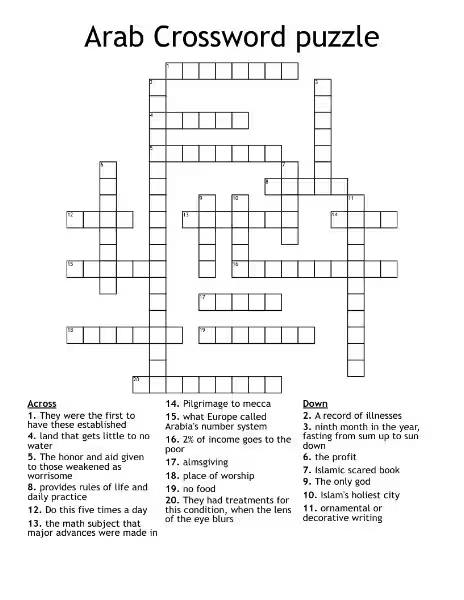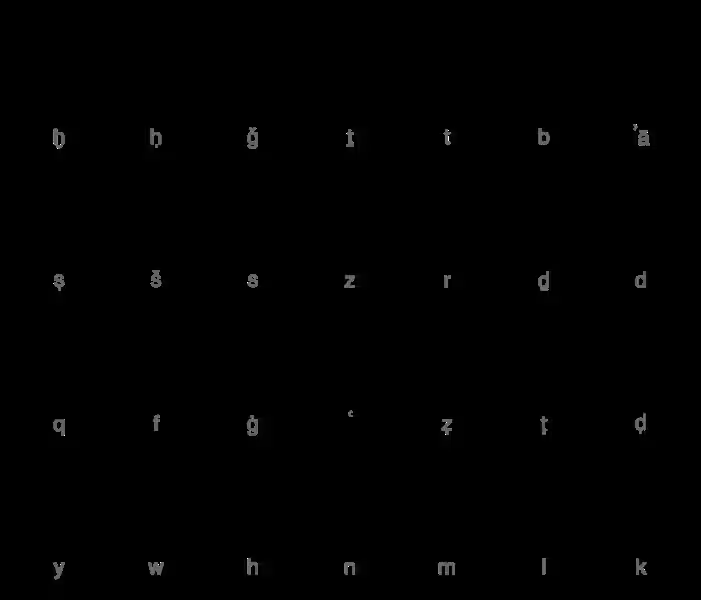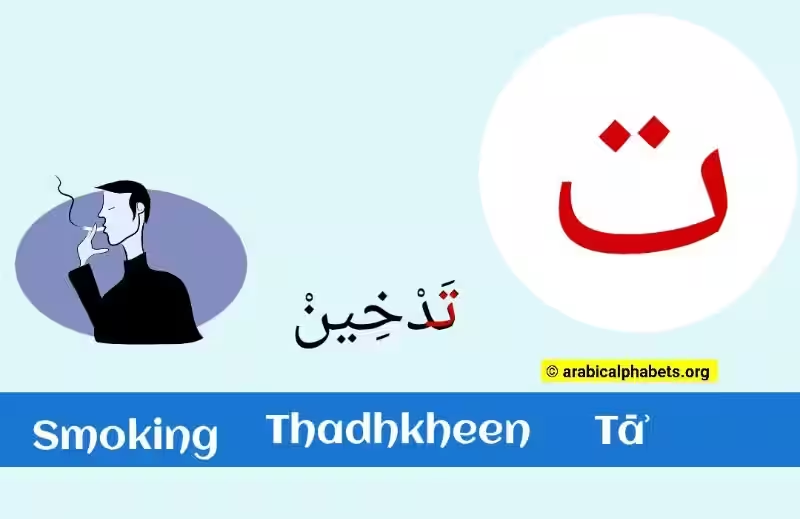
The Intricacies of Arab Naming Conventions
In the tapestry of Arab culture, names are more than just labels; they are threads that weave together a rich history, deep-rooted traditions, and a profound respect for lineage. While Western naming conventions often include a middle name, reflecting a personal choice or family tradition, the Arab world follows a distinct system, where the father’s name plays a pivotal role.
It’s a common misconception that Arab middle names are the father’s name. While the father’s name is indeed included in a person’s full name, it functions as a patronymic, not a middle name. This means it designates lineage, indicating who the person’s father is, rather than being a standalone middle name.
The Structure of an Arab Name
The typical structure of an Arab name consists of three parts:
- Given Name: This is the name chosen by the parents, often reflecting religious affiliations, family traditions, or personal preferences.
- Patronymic: This signifies the father’s name, using “bin” (son of) for males and “bint” (daughter of) for females.
- Family Name: This reflects the family or clan the individual belongs to.
For example, Ahmed bin Ali Al-Masri would signify that Ahmed is the son of Ali and belongs to the Al-Masri family.
More Than Just a Name: Understanding the Significance
The inclusion of the father’s name in an Arab name highlights the paramount importance of family and heritage in Arab culture. A name isn’t just a label; it’s a powerful symbol that connects an individual to their ancestors, their tribe, and their community.
Connecting the Past and Present
The patronymic system serves as a tangible link to the past, carrying the weight of generations. It serves as a reminder of the family’s history, honoring the ancestors and acknowledging their contribution to the family’s legacy.
Individuality within Tradition
While names are inherently tied to lineage, they also allow for a degree of individuality. The given name provides an opportunity for personal expression and choice, reflecting the values and aspirations of the parents.
Respecting Cultural Nuances
Understanding the nuances of Arab naming conventions is crucial for respecting the cultural significance of names. Simply referring to someone by their given name without acknowledging the patronymic can be perceived as disrespectful, as it disregards the inherent connection to lineage.
Modern Adaptations and Evolving Practices
While traditional naming conventions remain deeply ingrained in Arab culture, the modern world has brought about changes. With globalization and increased interaction with other cultures, some Arabs have adopted Western-style names for convenience or legal purposes. In certain contexts, the patronymic may be omitted, especially in more informal settings.
A Dynamic System
The evolution of naming practices reflects the dynamism of Arab culture. While the core principles of lineage and family remain paramount, modern adaptations demonstrate the ability of traditions to adapt and evolve alongside societal shifts.
Navigating Cultural Complexity
The complexity of Arab naming practices highlights the importance of understanding cultural context. Recognizing the weight of names and their connection to tradition fosters respectful communication and intercultural understanding.
The Arab naming system is more than just a way to identify individuals. It’s a window into a rich cultural heritage, highlighting the significance of family, lineage, and tradition. While modern influences have brought about changes, the core principles of the system remain embedded in the fabric of Arab culture, serving as a testament to the enduring strength of tradition and the importance of honoring heritage.
Frequently Asked Questions
Are middle names in Arab culture the father’s name?
No, Arab names don’t typically include the father’s name as a middle name. The father’s name is included to show lineage, but functions as a patronymic, not a middle name.
- Use “bin” for a son and “bint” for a daughter to indicate the father’s name
- The father’s name is not a middle name, but a patronymic indicating lineage
- The full name structure is: Given name + Father’s name (as patronymic) + Family name
- The given name is chosen by the parents, based on religion, tradition, or personal preference
- The family name represents the family or clan
- Modern variations include using Western-style names for convenience or legal purposes
- Some people may omit the father’s name in modern contexts
- Names are a source of identity and pride for Arabs
- Including the father’s name honors ancestors and family
- Naming practices vary based on region and tribe
- Modernization and globalization have influenced naming practices
- Names can impact social status and perceptions
- Naming practices can interact with legal systems in different countries
- Islamic teachings and traditions impact naming choices
- Arab naming practices have evolved over centuries
- Interactions with other cultures have influenced naming practices
- Names often hold special significance for individuals








